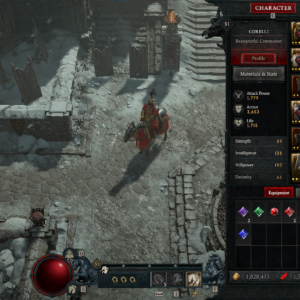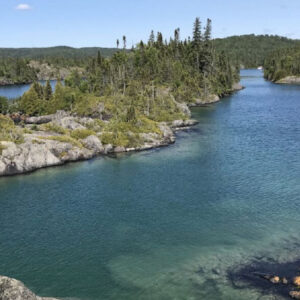
When Sky Woman fell helplessly from the sky, she looked down at what lied beneath her, what could have been her fate: death. There was only water, for as far as the eye could see. Vast oceans of sparkling blue water.
Even in this scary and darkest of moments, with no doubt her life flashing before her eyes, she was not alone. As she fell down to earth, she received help from the winged creatures. With their wings extended, they came up underneath and gently guided her down to earth. But where would they place her? There was only water.
Right then, something powerful came splashing up out of the cold ocean waters. Something huge. Something that would forever change the course of history for Haudenosaunee people. It was the great turtle. This magnificent turtle was so huge that it gave itself by providing a home for Sky Woman and subsequently, for all Ogwehoweh people.
From the back of the great turtle, the first ceremony on earth was performed. The first seeds were planted. And as the story goes, all life was born on the back of this sacred turtle.
Turtles still have sacred value in Haudenosaunee society and communities today. They are one of the nine clan families. And this time of year, the biggest turtles in the region, the snapping turtle, has not only finished laying her eggs, these eggs are in the final stages of their incubation period and are beginning to hatch.
According to the Government of Ontario website, incubation periods for snapping turtle eggs vary between 60 and 90 days and it depends on the weather. If it’s warm, the eggs develop faster and the eggs may hatch around mid-August. In cooler weather, eggs may hatch later in the fall.
A few days ago, I just happened to walk by a nest. It was close to Mackenzie Creek on the reserve and turtles are known to nest in this same spot almost every year. I had known about this nest since the mother first laid her eggs.
She dug a hole in the backyard on a slope leading down to the creek. You can tell she laid her nest because the grass had been disturbed. She’s very careful not to leave too much of a dirt rubble. If you did not know what to look for, you would probably never have known it was there. The disturbed dirt does not cover a big area. Perhaps a 15-centimetre diameter.
Dogs live on this property, as well, there have been known raccoon and coyote sightings, all of which would love to chow down on these eggs. It was important to keep a close eye on this nest to at least try and ensure wildlife would not get at it. These eggs have now begun to hatch which is right on time. Eggs in other nests all across the region have either begun to hatch or will hatch in the upcoming weeks.
Baby snapping turtles are extremely small when they first hatch, around one inch long. What happens after they hatch is that the yolk sac will stay attached to its under belly. The yolk sac provides food for the turtle during the incubation period in the egg.
If you’ve never seen what this looks like, it may be startling at first glance as the sac looks like an organ, like a tiny little beating heart. If you ever see this, you may think that the baby is injured or is in need of help or rescue but rest assured, it is the yolk sac. This sac will stay attached after babies hatch because they will continue to provide much needed nutrients. Eventually it will fall off on its own.
It can take anywhere between 15 to 20 years for a snapping turtle to reach maturity and they can live up to 40 years or more. They are currently listed as a Special Concern under the provincial Ontario Endangered Species Act and listed as Special Concern under the federal Species at Risk Act. They are also designated as a Specially Protected Reptile under the Ontario Fish and Wildlife Conservation Act.
Each year many turtles are killed or injured especially trying to cross roadways. The worst thing anyone can do is to try and straddle the turtle with your car. As a defense mechanism the turtle will lunge up while you drive over top of it. This can injure it or even cause mortality.
The best thing to do when you come across a turtle on the roadway is slow down and try and drive around it. If it is safe to do so, stop and exit your vehicle and help it off the roadway in the same direction it was going. Always practice safety when doing this and always be cautious and careful of oncoming traffic.
Also, be aware that mother snapping turtles will oftentimes lay her eggs on the side of roadways in the gravel areas. If you find an injured turtle, contact your nearest wildlife refuge. In the Six Nations area, this would be Hobbittstee Wildlife Refuge, who take in hundreds of injured turtles each year. They are located near Nanticoke by the lake.






